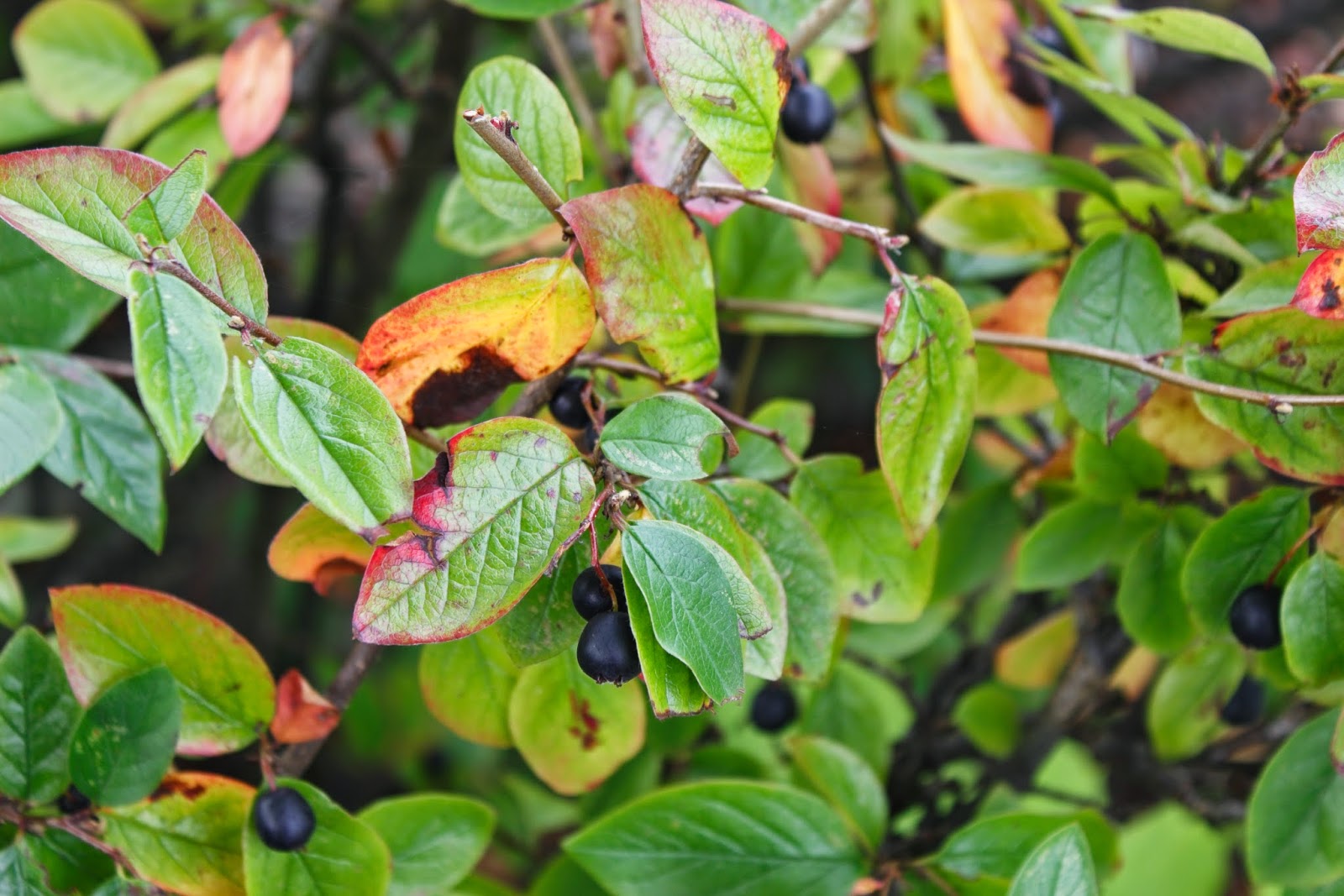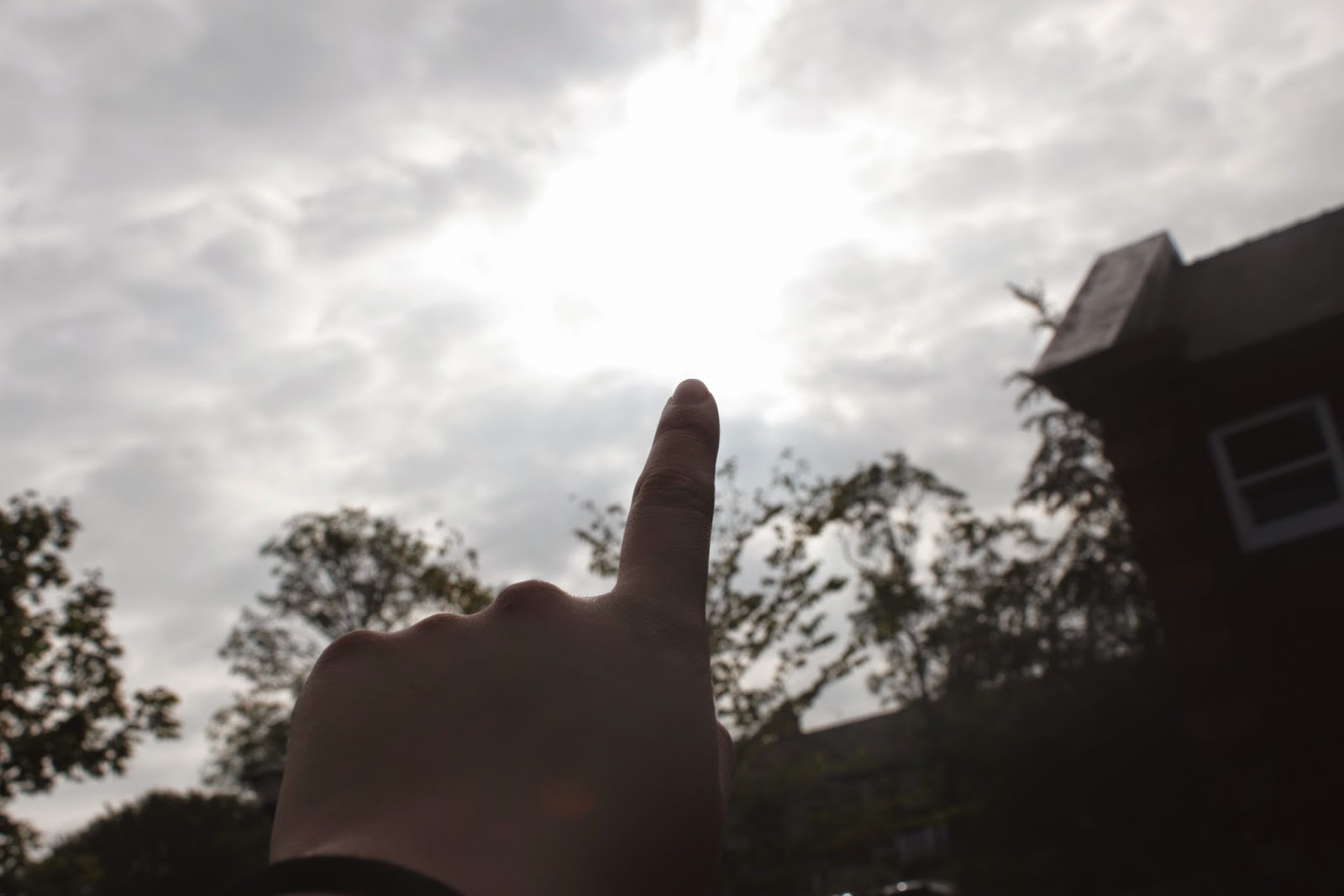Rule of Thirds or Golden Ratio
So, the first "golden" rule is the "Rule of Thirds" or "Golden Ratio". It affects the ratio (1:1.618) of a picture size, as well as the placement of the main subjects in the photo. This ratio is close to the 35mm ratio, so you don't need to change the size of the photo in most cases. But you need to consider the composition: main subject should lie on one of the four lines or four intersections (subject's eye for example). Truthfully speaking, these rules are not always the same. Rule of Thirds is a simplified version of the Golden Mean





































